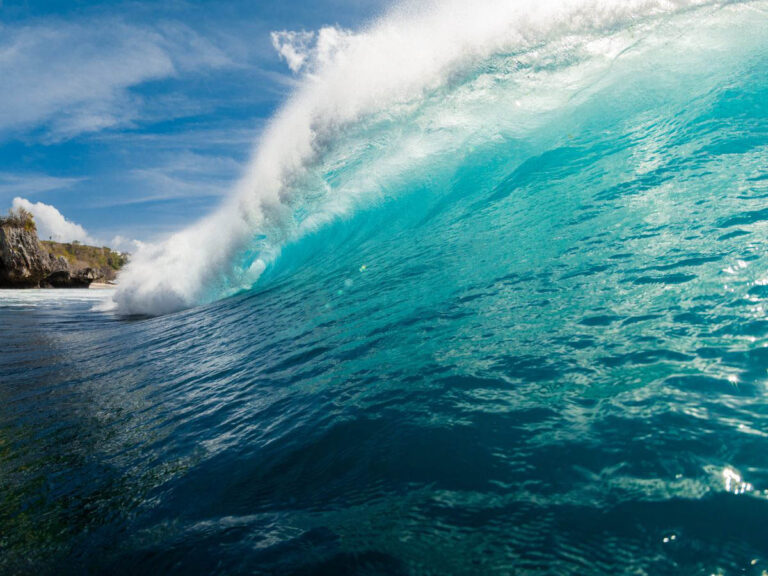A beginning scuba diver cannot simply just into the water and hope for the best. Something they must all learn about first is ocean tides and their impact.
Ocean tides are one of the most critical yet often misunderstood elements of a successful and safe scuba diving experience. For new divers, understanding how tides affect underwater conditions can make all the difference in planning an enjoyable outing. We created a beginning diver’s guide to ocean tides so that you can learn their impact and plan accordingly.
What Are Ocean Tides and Why Do They Matter for Divers?
Ocean tides are the regular rise and fall of sea levels caused by the gravitational pull of the moon and the sun, combined with the Earth’s rotation. For divers, tides are more than just an interesting natural phenomenon; they directly influence water movement, visibility, and even marine life behavior. Knowing how to interpret tidal patterns is essential for safely navigating the underwater world and ensuring optimal conditions during your dives.
High Tides vs. Low Tides: What’s the Difference?
Tides come in two main forms—high and low. High tides occur when water levels rise to their peak, often pulling ocean currents closer to shore. During high tide, water tends to be calmer, creating excellent conditions for novice divers.
Low tides, on the other hand, involve a receding water level, which may expose rocks and make entry points more challenging to access. Understanding these differences helps you predict your environment and adapt accordingly.
The Effects of Tides on Diving
When planning a dive, recognizing how tides influence water clarity, currents, and marine life activity is important. High tides generally bring clearer water because the incoming flow reduces sediment stirred up by waves.
However, at low tide, reduced depths can result in stronger currents near the surface and decreased visibility as sediments mix. Additionally, the tide can influence marine life behavior. For example, certain species, such as coral-feeding fish, may be more active during tidal transitions, enhancing your underwater experience.
Real-Life Examples That Show the Role of Tides
Tides can significantly shape your underwater experience, as seen in real-world examples of tidal-dependent dives. For instance, popular drift dives, like those in Cozumel, rely on tidal currents to deliver a thrilling, effortless ride along vibrant coral reefs.
Another example is tide pools, which during low tide expose shallow ecosystems teeming with unique marine life. Such examples illustrate why learning to predict and work with tides is invaluable for any diver.
When it comes to planning your dives, weather conditions and tides matter equally. For further insights, we encourage you to read through the guide to assessing weather conditions for diving, as this will help you prepare for a range of environmental factors.
Being mindful of ocean tides is an essential skill for any beginning diver. Understanding tidal movements allows you to plan better, stay safer, and witness marine life at its most active. If you’re ready to take your underwater adventures to the next level, start honing your skills in reading tides and other key conditions.







